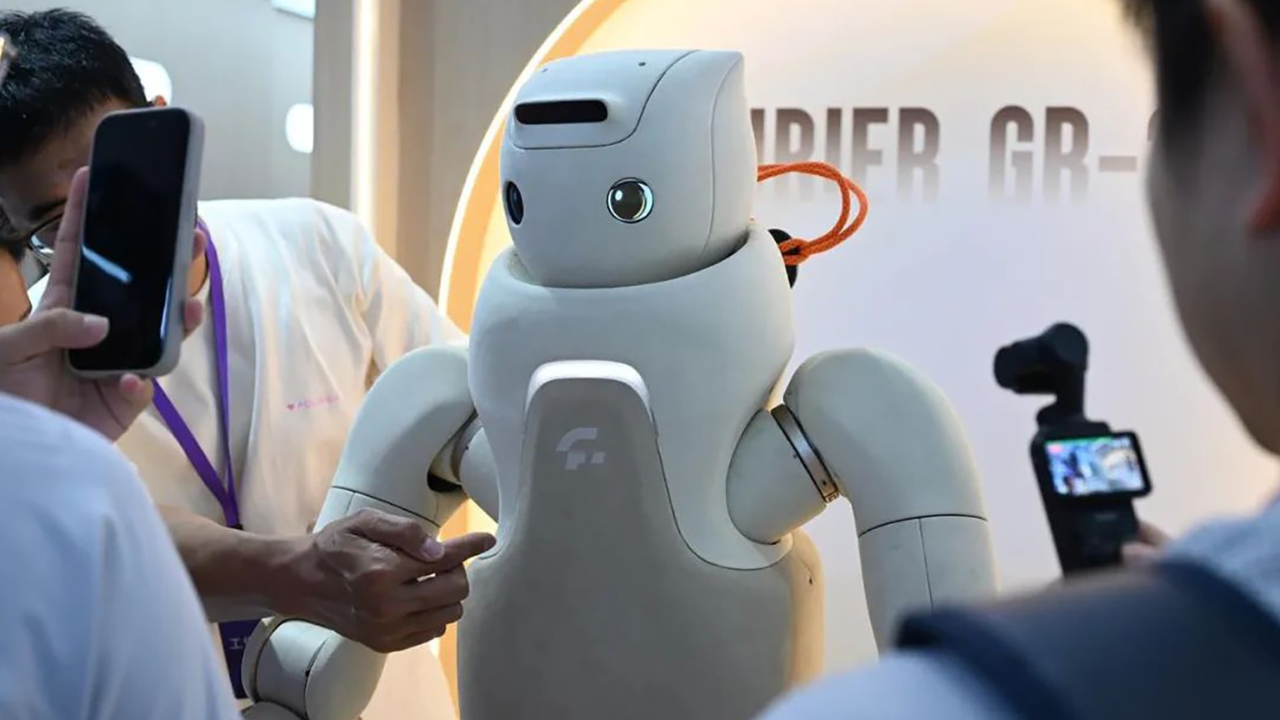1. Security organization gets its teeth back: There’s no longer a need to talk about hypothetical business impact scenarios – the world has now seen what happened to Sony, Target and Staples as examples of cyber attacks. This will result in more policy enforcement, audits and tools to detect and minimize security risks.
2. Software Defined Workplace (SDW): 2014 gave rise to the notion of the Software Defined Datacenter. This was made possible by software-enabled networking on standard server infrastructure. 2015 will bring IT the option of the Software Defined Workplace. This user environment is contextual based on device and location, and increases productivity with an optimal user experience. The SDW can be enabled and secured via a combination of virtual apps, desktops, mobile apps, and data, such as the Citrix Workspace Suite.
3. Bring Your Own Device (BYOD) continues despite the security challenges: The pressure for BYOD will continue as employees get more personal with their smartphones. The increase in usage of apps, such as healthcare, fitness and location tracking will drive privacy concerns on corporate-issued smartphones. On the other hand, most users want to access work apps from their own device to stay connected and productive. Enterprise Mobility Management (EMM) platforms will provide the necessary control over apps and data without taking over the device itself.
4. Choose Your Own Device (CYOD) continues to grow: Many companies that want to satisfy their users” desire for the latest smartphone, but keep a tighter control of how the device is used, will implement a Choose Your Own Device ( CYOD ) policy. Device security is controlled via Mobiled Device Management (MDM) systems and often limited to a small group of devices such as iPhone 6 and Knox enabled Samsung S5.
5. Mobile App development accelerates: IT organizations will be faced with more requirements and options as business units move beyond mobile secure email apps. There will be no single silver bullet, but new options such as Mobile Backend as a Service (MBaaS ), HTML5 Improvements and no-code app builder tools will help IT accelerate the time to deployment of custom apps for employees or customers.
6. Desktop Displacement continues: Organizations will continue to look for alternatives to Desktop PCs with locally installed apps. Some will turn to Thin Clients with Virtual Desktops, others will implement Tablets for mobile and desktop usage with extended monitors. Low cost and maintenance Chromebooks will expand beyond education to the enterprise and equip new classes of employees that previously could not be justified.
7. Telecommuting, Workshifting and WFH: Some of the names have changed, but the desire and practice of remote working will continue and increase for most knowledge workers. Working From Home (WFH ) at least occasionally will continue to grow as more employees expect to have this option. When combined with real estate reductions, the cost savings make the practice even more compelling. This aspect also makes it easier for IT to justify the tools to make secure workshifting a priority project in 2015.
8. Cloud migration continues: Most organizations already support Software as a Service (SaaS) apps for an “easy” adoption of cloud services for new apps. 2015 will be the year many IT organizations start to migrate existing premise-based apps to private and public clouds. New products in the form of cloud bridge on the premises and in the cloud will be part of the solution.
9. IoT hits the IT radar: There has been lots of IoT (Internet of Things) examples inside the enterprise for years with employee badging, HVAC controls and machine-to-machine (M2M) communication on factory floors. Until now, however, most of these scenarios have involved isolated systems run by non-IT organizations such as facilties managers. As the new devices and capabilities of IoT come on line and leverage the common network infrastructure, IT organizations will need to consider the infrastructure, security and organizational impact of IoT.
10. Wearables round 2: Google Glass and rev 1.0 of smart watches didn’t make much of an impact in 2014. However, the Apple Watch coming out in early 2015 will change that. For IT this means evaluating the security impact of new devices and also considering how they can be used to help make users more productive. Also stay tuned for South Florida’s most notable stealth startup, Magic Leap. It raised $542 million from the likes of Google and Qualcomm and plans to change everything with Cinematic Reality head gear. ?
Chris Fleck is on the board of the South Florida Technology Alliance and vice president of mobility systems and alliances for Citrix Systems (NASDAQ: CTXS), a Fort Lauderdale company that provides secure remote access to data and applications.














